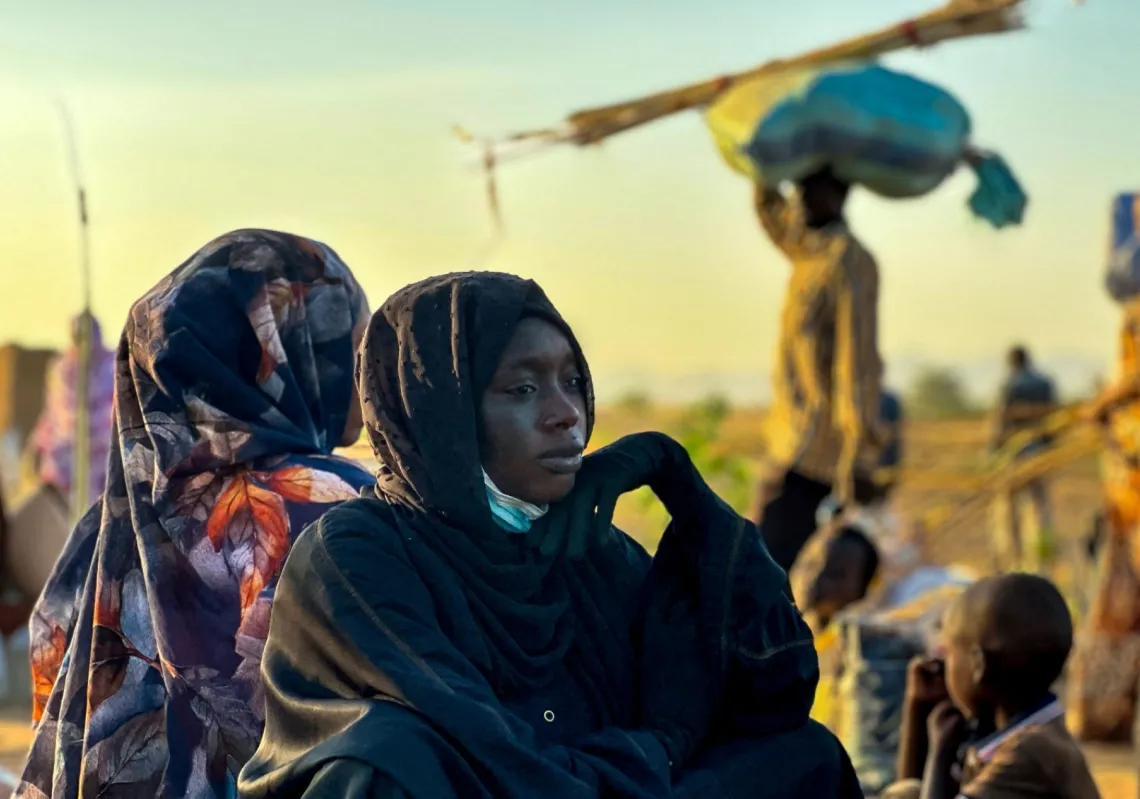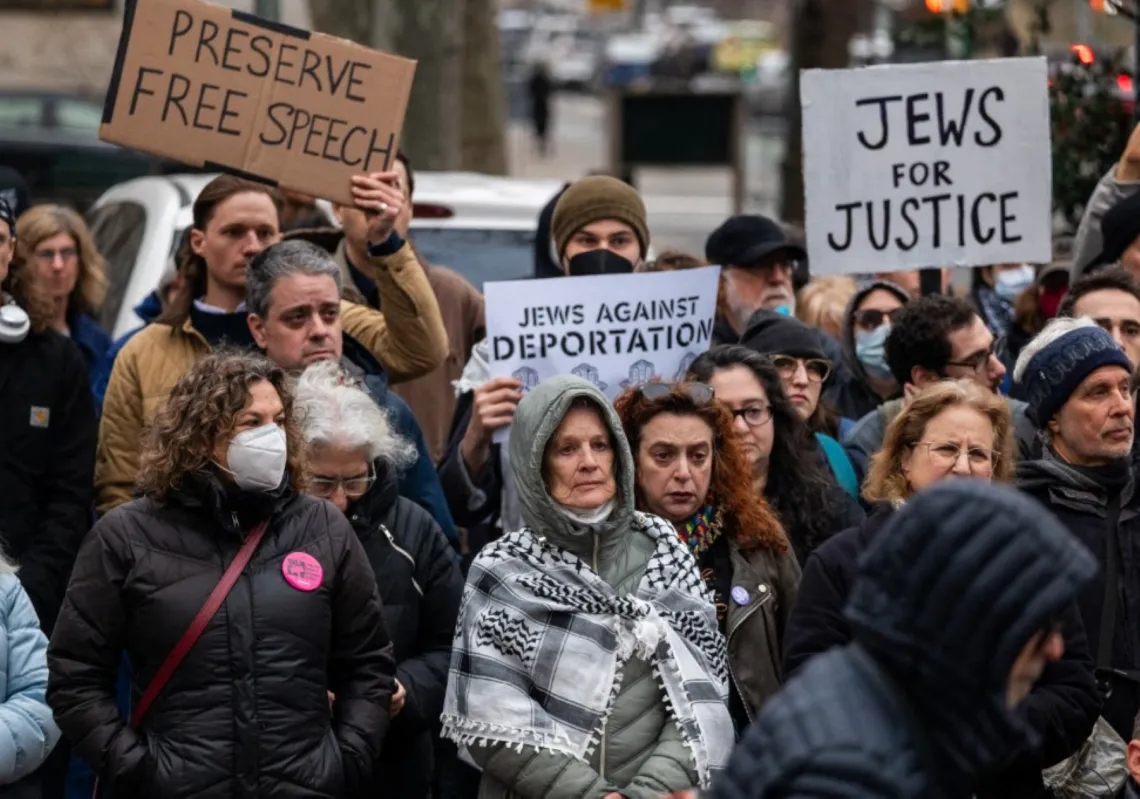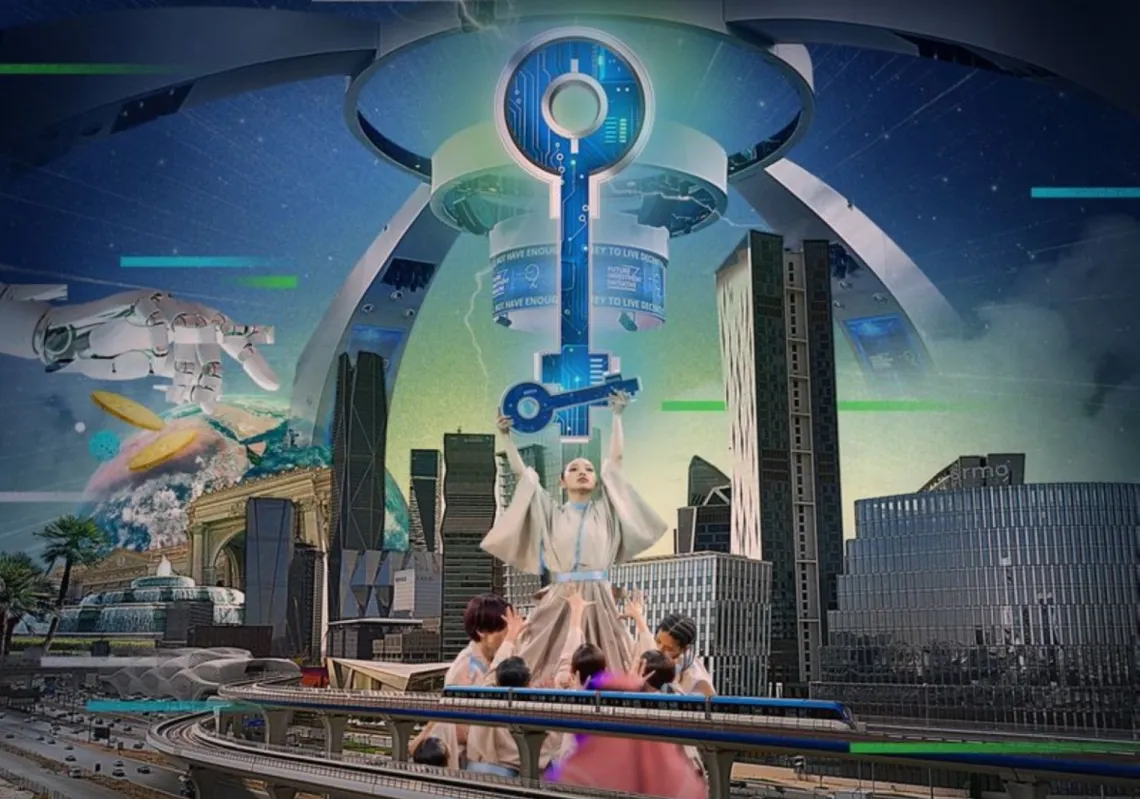 The minimalist architecture of Lisson Gallery acts as a plain canvas for Khalili's installations (Photo by James Hanna)[/caption]
The minimalist architecture of Lisson Gallery acts as a plain canvas for Khalili's installations (Photo by James Hanna)[/caption]
Majalla - London
The west London Lisson Gallery is very minimalistic. Its open spaces, neon lighting and black and white walls were designed like that for a reason. Such interior acts as plain canvas for art installations to stand out.
This time, the artist behind the exhibition currently being displayed in the gallery is a solo act, her first major attempt in the United Kingdom. Moroccan-French artist Bouchra Khalili, based between Berlin, Oslo and Paris, transforms the space into a powerful exploration of migration and displacement, both literally and conceptually. She manages to illustrate that through the different mediums of photography, prints, film, video and installations. The underlying theme presented in three installations within the exhibition, although expresses hardship and suffering, exudes power and strength as she lays bare social conceptualizations of borders, challenging the notions of identity and nationhood.
FOREIGN OFFICE
First premiering in February 2015 at Palais de Tokyo, Foreign Office is an artistic display that looks into ideas of solidarity and cosmopolitanism.
A digital film and an “Archipelago” of photographs together provide a dual experience, a combination that documents resistance movements of the past and their affect on the “now”.
The installation takes the viewer back to the city of Algeria in the 60s where it was a hub for resistance groups including the African National Congress and Black Panthers and activists for Palestine. Different causes, but all rooted in resistance against occupation, colonialism, and injustice.
The film shows two young Algerians, a male and a female, trying to rewrite this history, while the accompanying series of photographs document the deserted places that were home to these political movements.
The Archipelago silkscreen acts as a medium between the narrators and the ghostly locations. It also acts as an indicator of all the traces of resistance unreadable today.
Foreign Office starts from a point of cosmopolitanism and internationalism in the present, and invites the viewer to trace back to history in a somewhat nostalgic, utopic manner. Such recollection at times breaks into revisionism and dystopia as once a hub for resistance, those places are now ghostly and empty. One might even wonder if the cause has been accomplished, or forgotten…
MAPPING JOURNEY
Khalili chose 8 single channel video screenings for her second installation mapping journeys between 2008 and 2011 of 8 different individuals forced to leave their homeland and cross borders illegally to seek refuge. Each video represents the route an individual had to take. A narration, a marker pen and navigation lines drawn on a map together create a powerful imagination of the struggle of fleeing, and the hardship of refuge.
Seven of the videos represent journeys across continents, but journey three is one representing borders between two contested areas divided artificially, Palestine. Refugees in this installation become cartographers mapping their actual journey and explaining injustices and exclusions. Their identity created by the journey across borders stands out to challenge notions of nationhood and “home”.
CONSTELLATION SERIES
In her “grand finale”, Khalili chose 8 silkscreens for her installation the constellation series. She moves on from land to the sky, from pit-stops to stars; from maps to constellations. She lays out the journeys of those eight people and each stop represents a star, as the voyage becomes a constellation set on a royal blue canvas, and not a black one. Perhaps the blue might represent hope, or was just an artistic choice.
The final installation is an embodiment of their resistance to containment as they “shoot for the stars”, and their journeys, even though crossing borders illegally, become fluid records travelling through time and space.
BEHIND THE ART
Bouchra Khalili is a Moroccan-French artist. Born in Casablanca, Morocco. She studied Film at Sorbonne Nouvelle and Visual Arts at the École Nationale Supérieure d’Arts de Paris-Cergy, France. The artist currently lives and works in Berlin, Germany and Oslo, Norway.
In her different projects, she employs multimedia and works with film, video, installation, photography and prints. Khalili’s practice articulates language, subjectivity, orality and geographical explorations. Each of her projects investigates strategies and discourses of resistance as elaborated, developed and narrated by individuals, often members of political minorities.
The exhibition is on till the 18th of March.









